The photos in this display were taken by young people attending a work training scheme called Stop Gap in the early 1980s in North Paddington in London. Most of the black and white photos were taken by trainees while being supervised by one of the Stop Gap workers, Nicola Blakeney. Some were then developed by tainees supervised by Philip Wolmuth in the North Paddington Community Darkroom. The subjects of the photos will now be in their fifties. More details about Stop Gap are provided an a short article at the bottom of the page. If you recognise anyone or have memories of Stop Gap to share, please get in touch: iankwright@yahoo.co.uk or add comments at the bottom of the page.
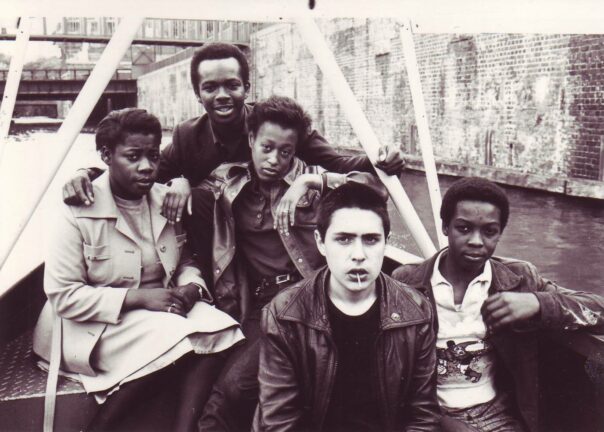
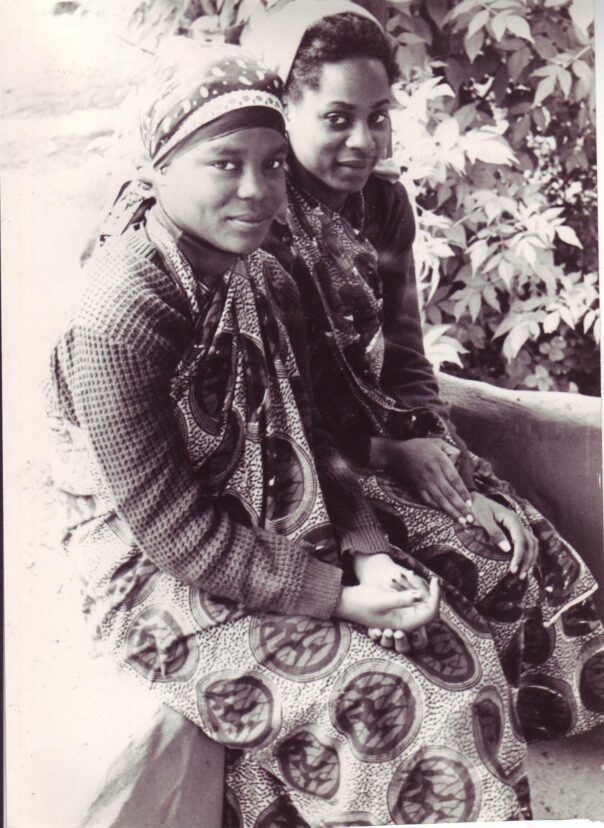
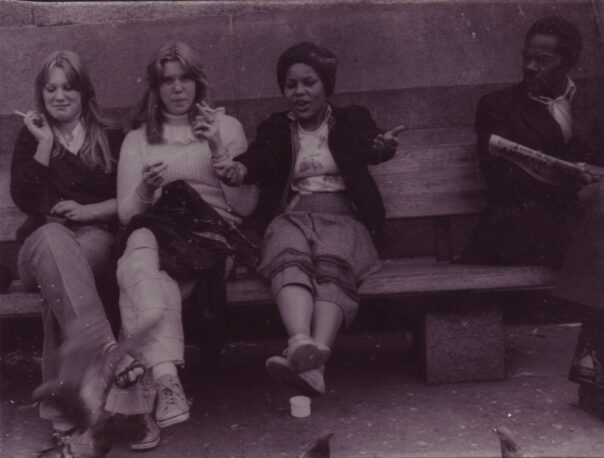
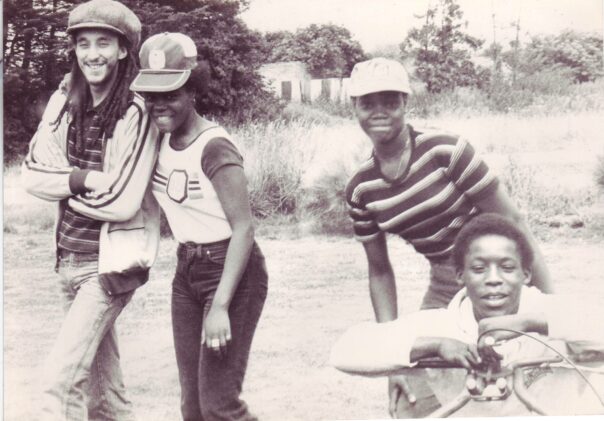
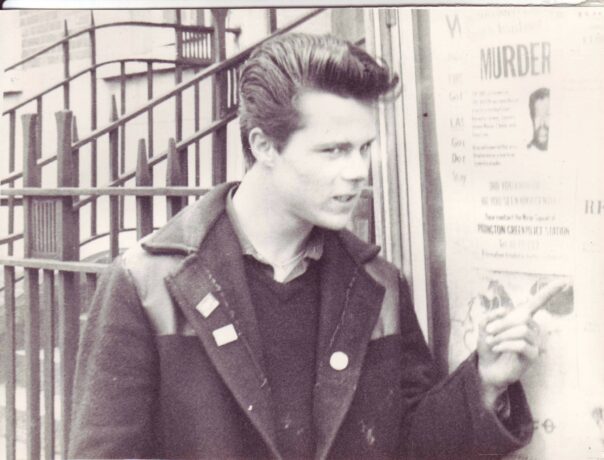
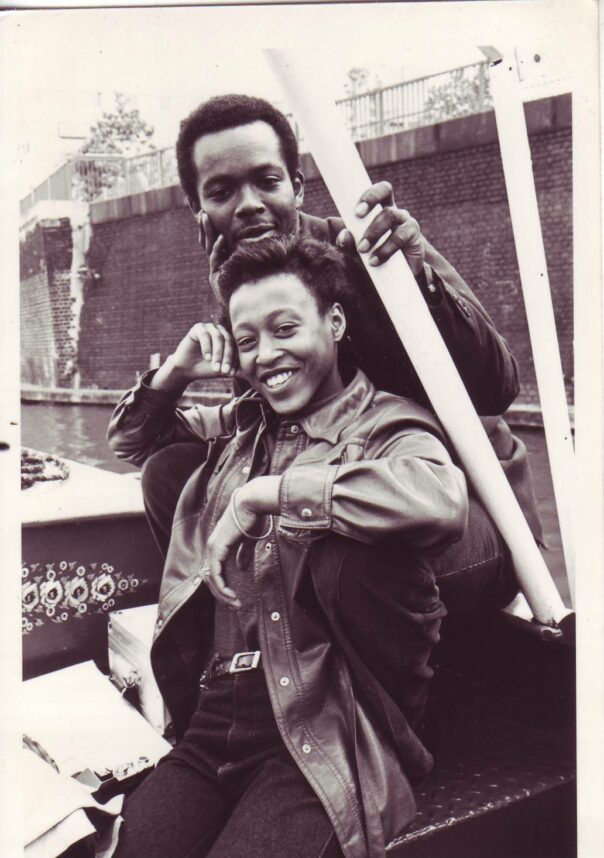
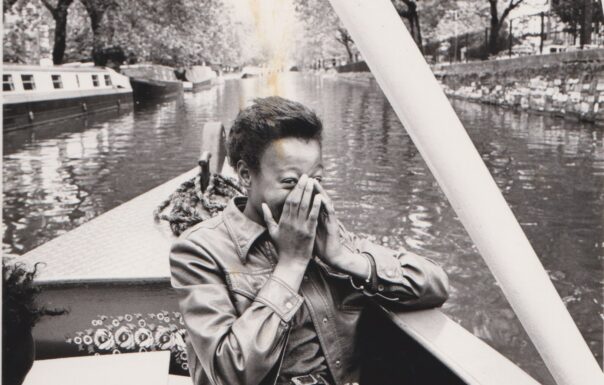
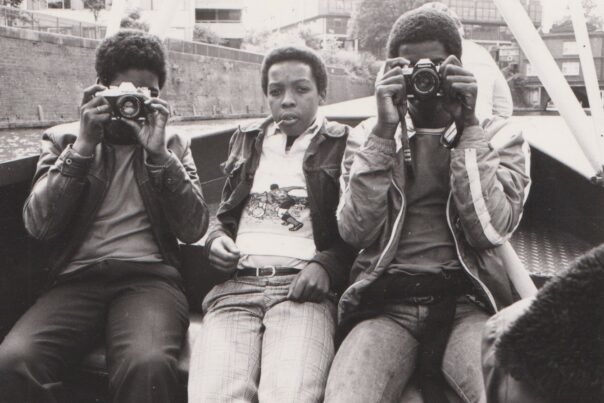
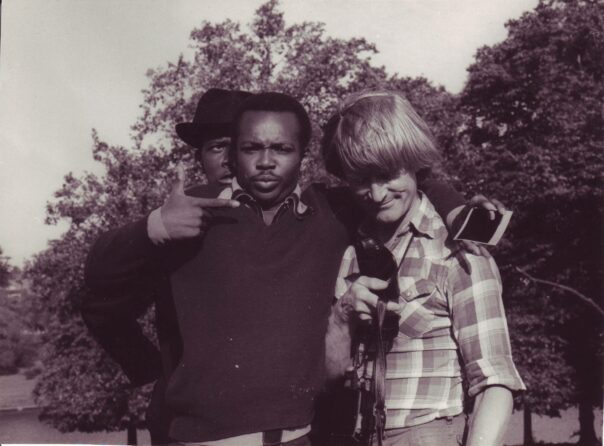
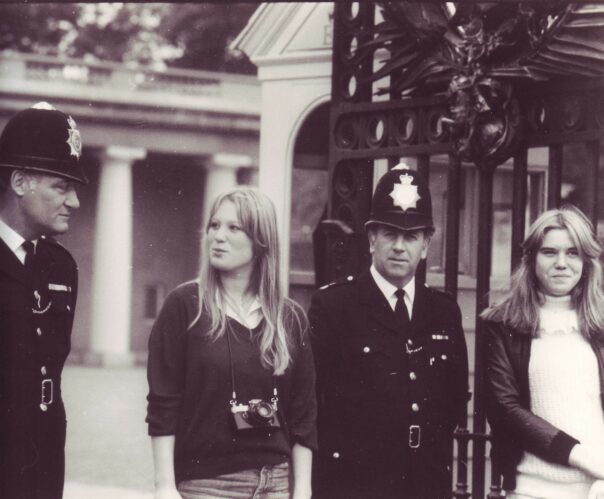
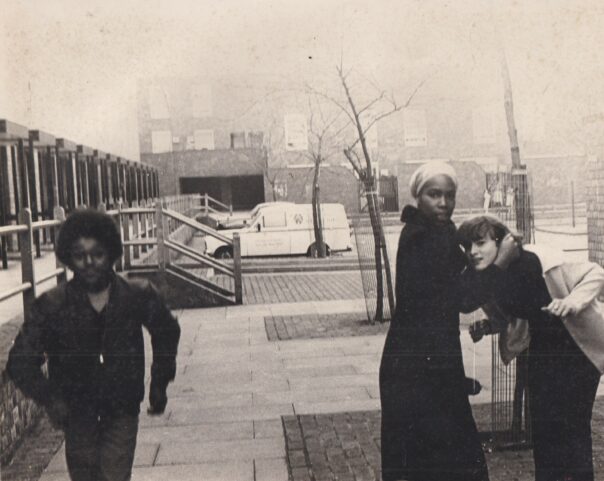
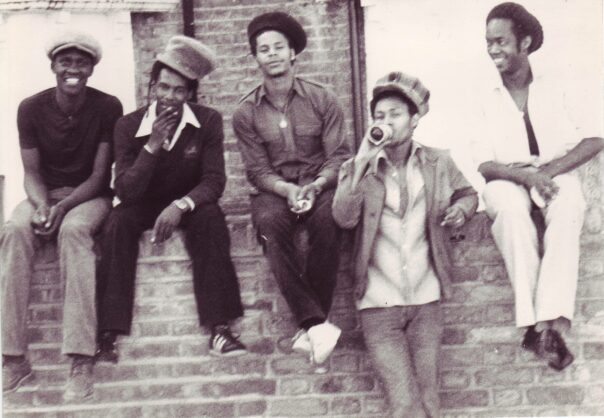
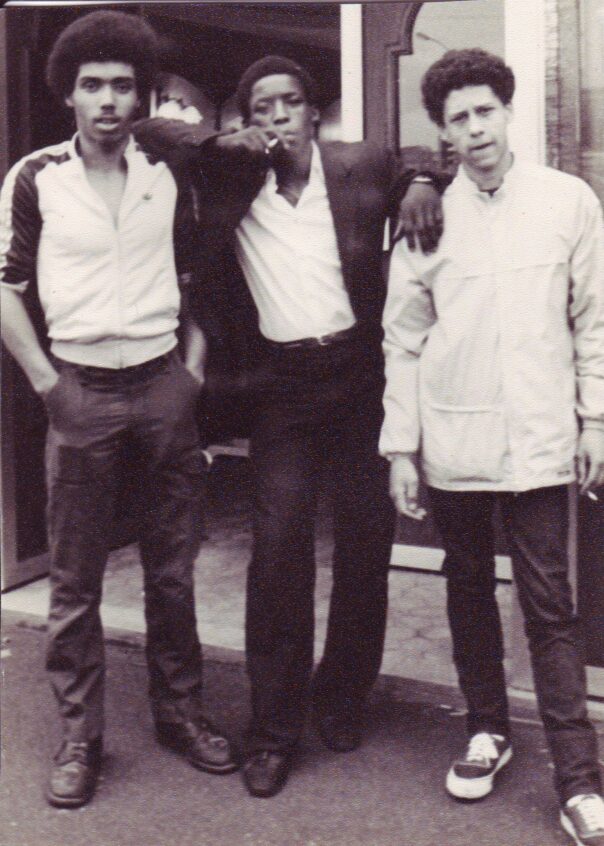
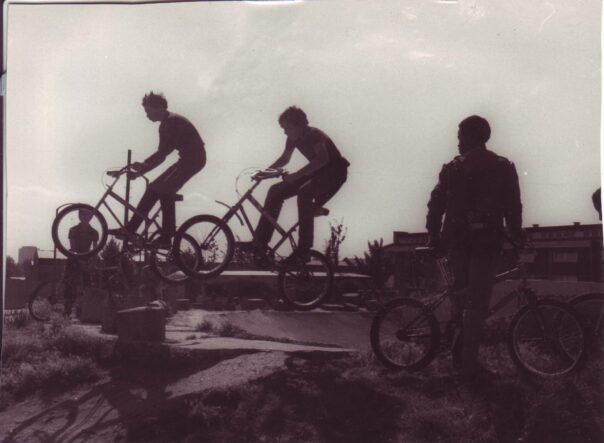
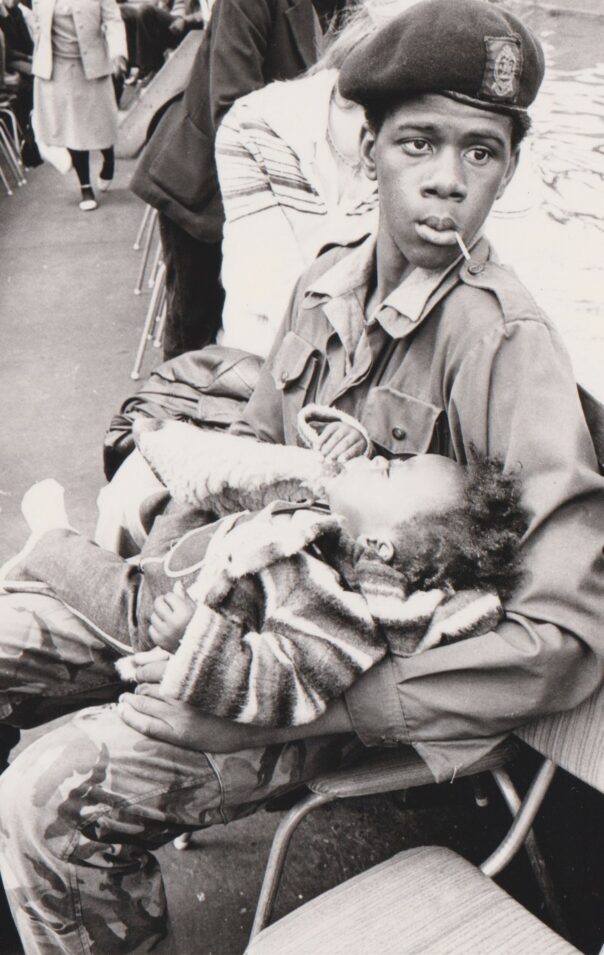
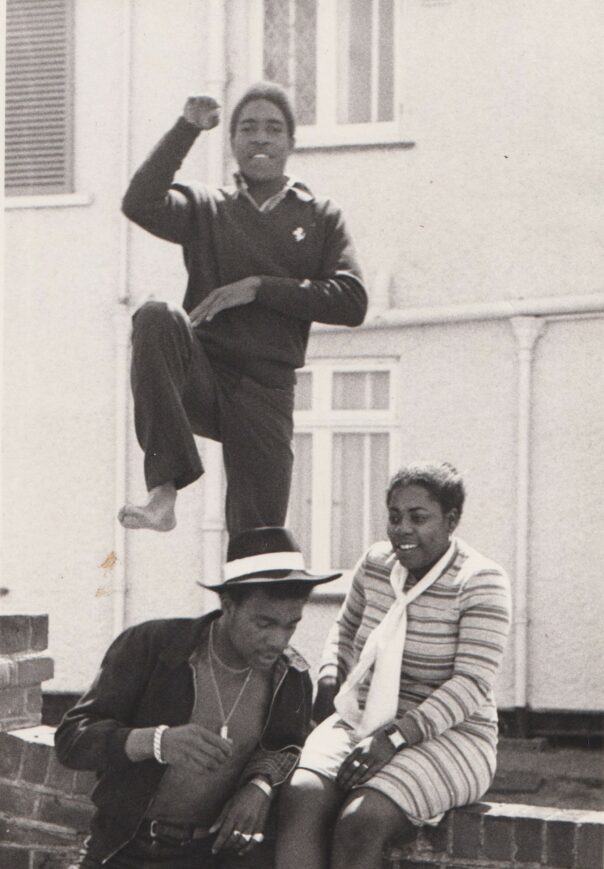
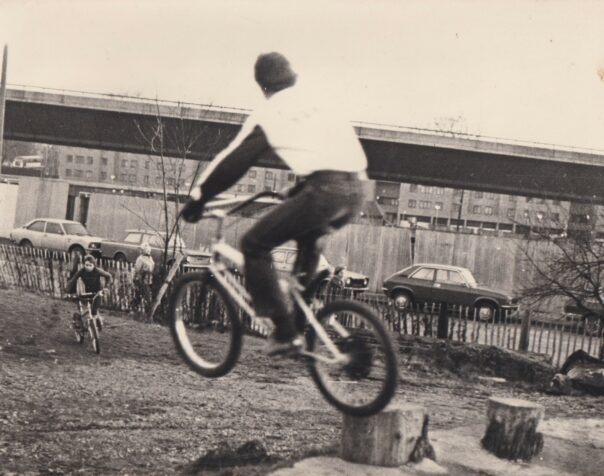
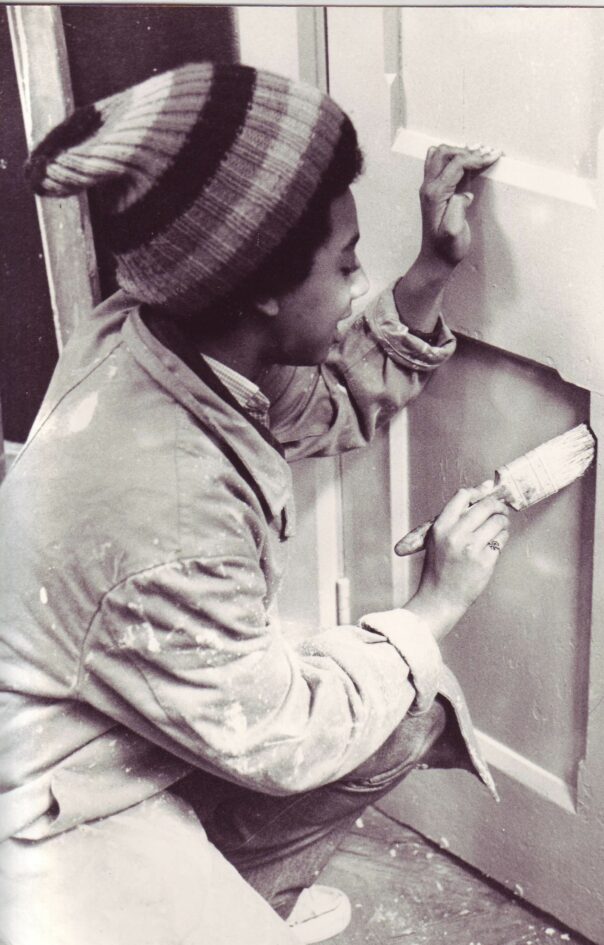
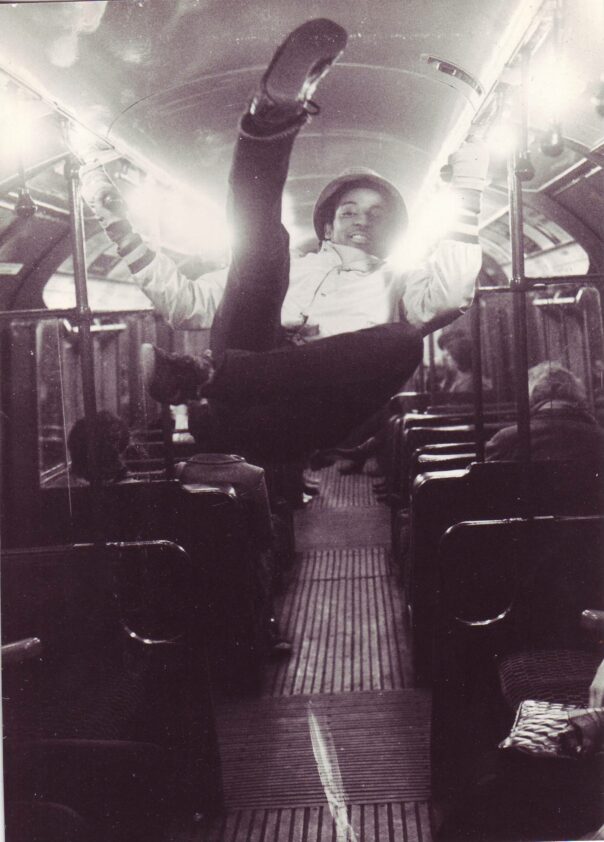
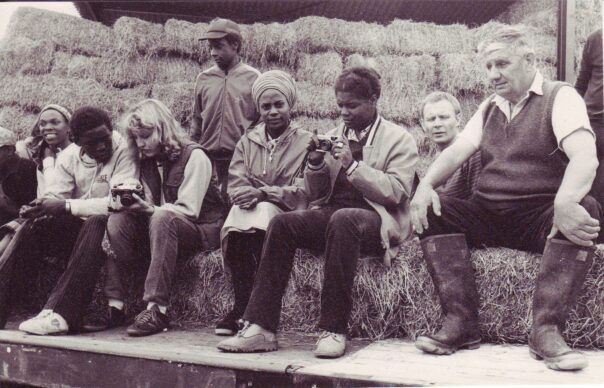
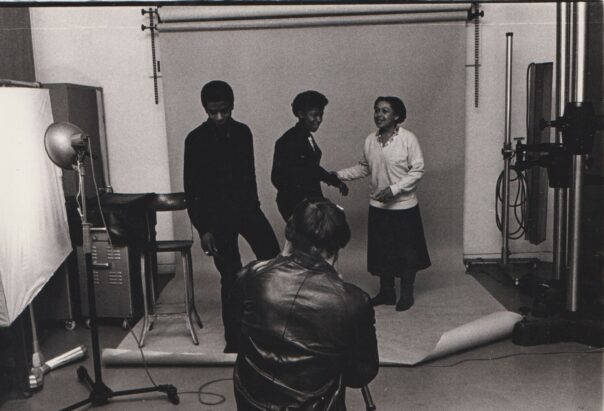
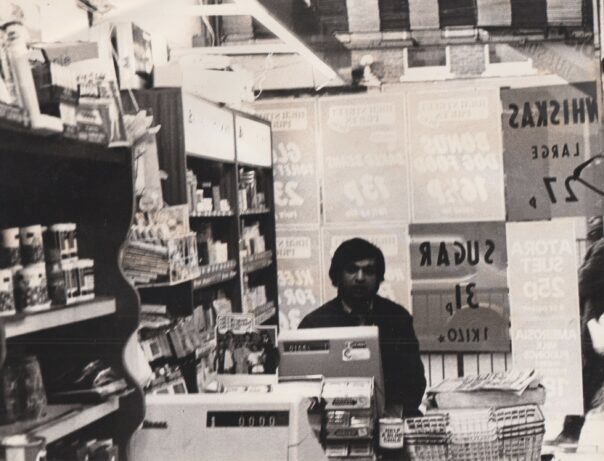
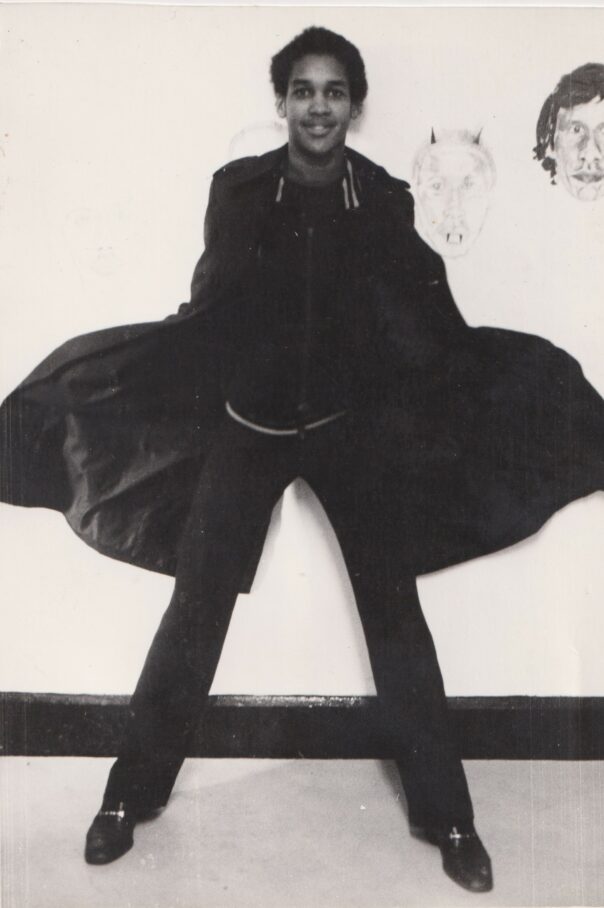
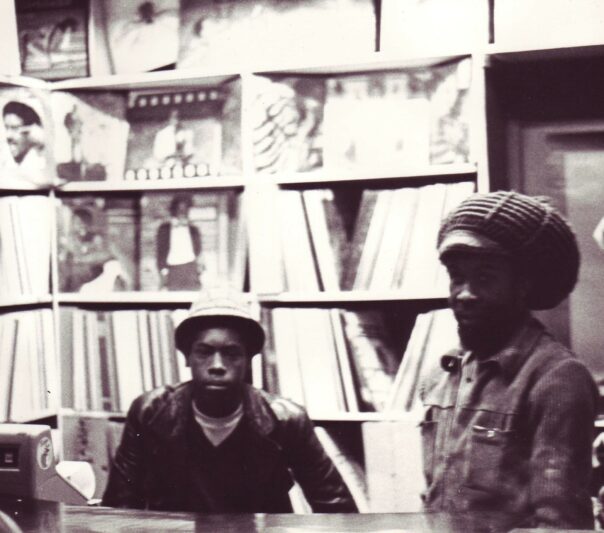
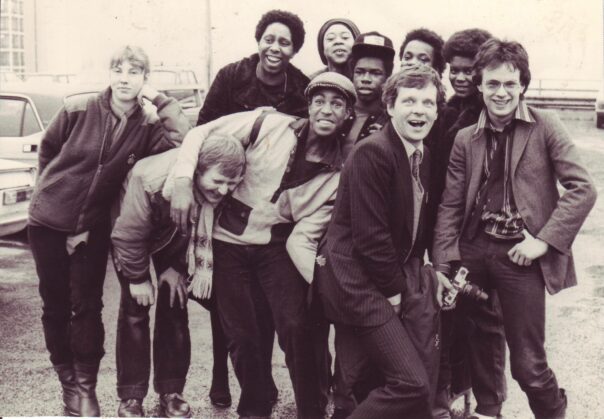
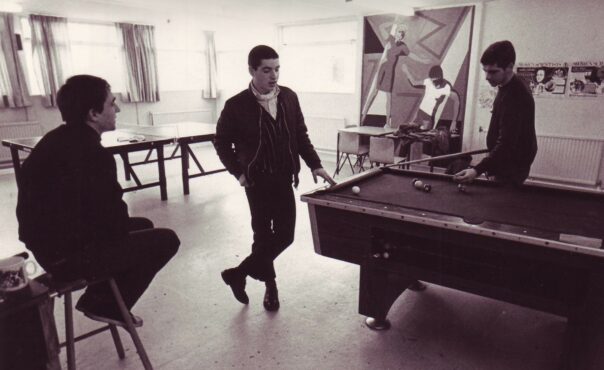
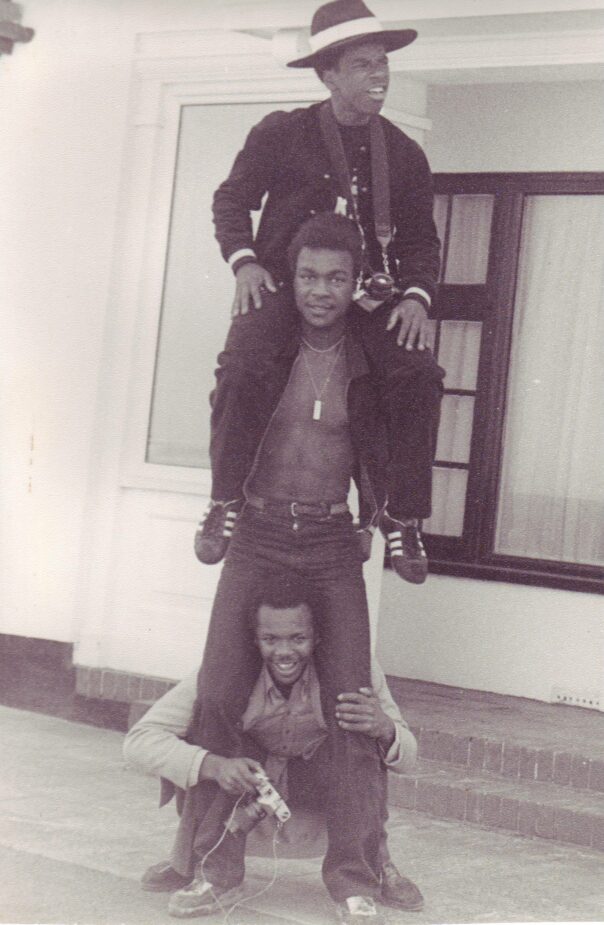
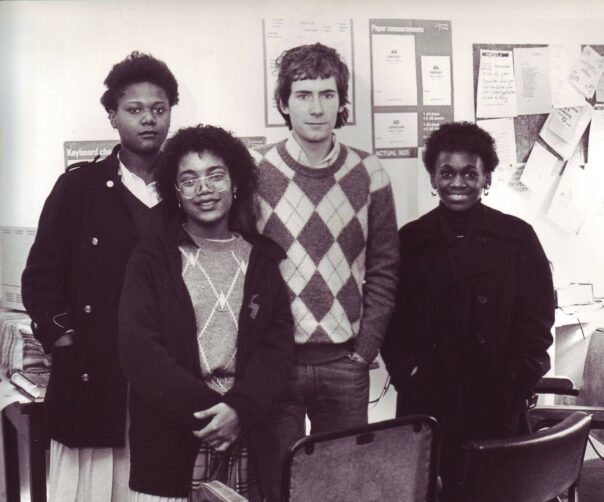
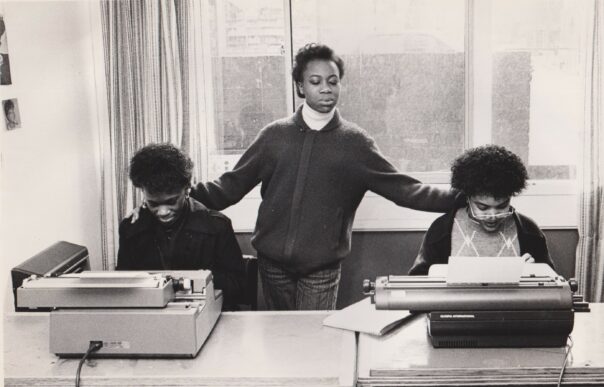
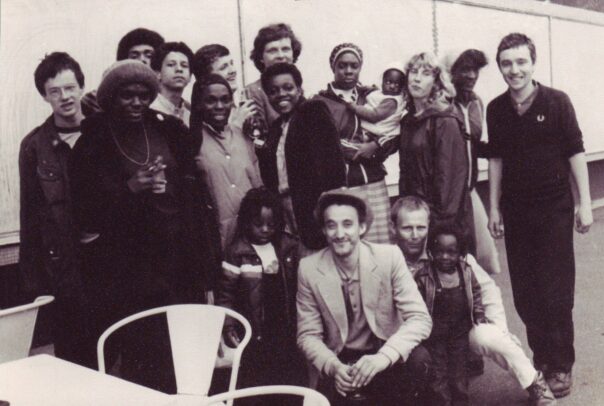
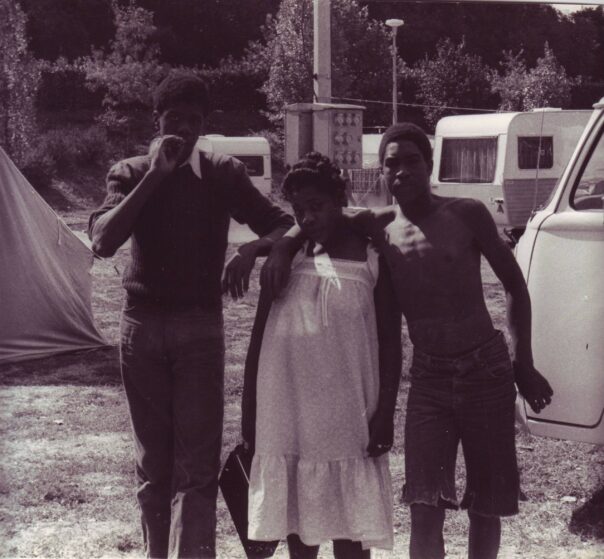
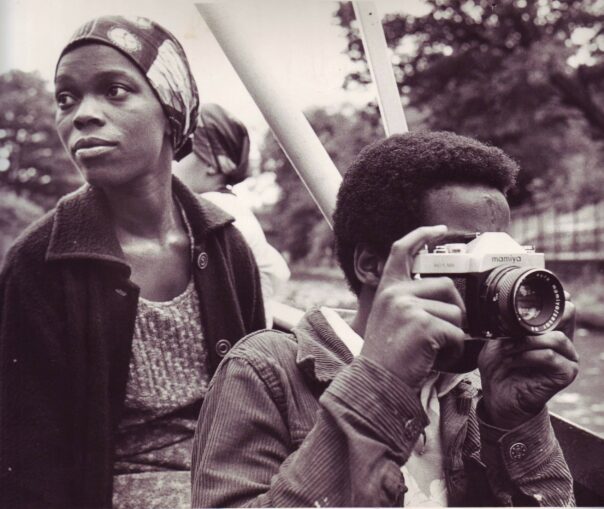
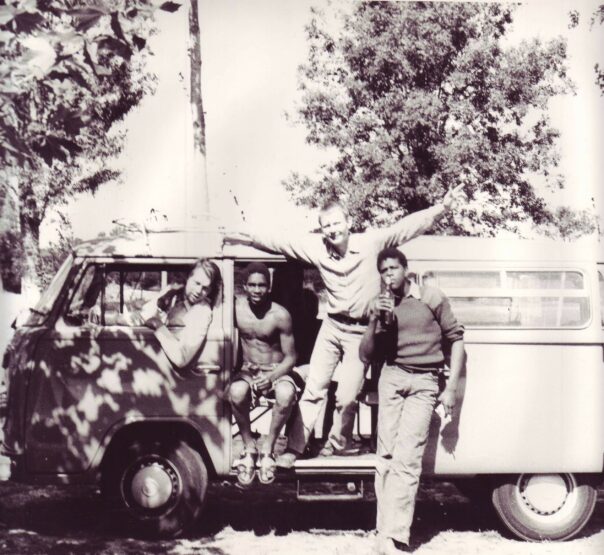
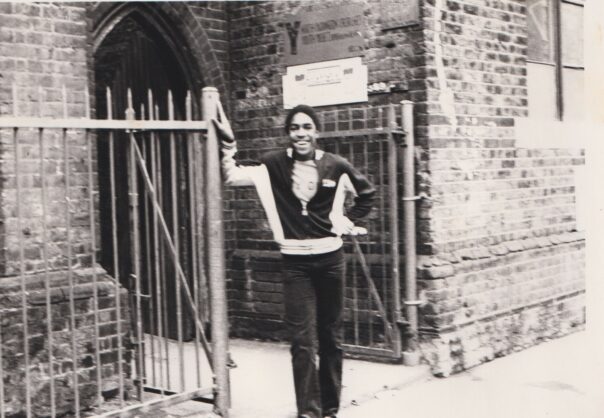
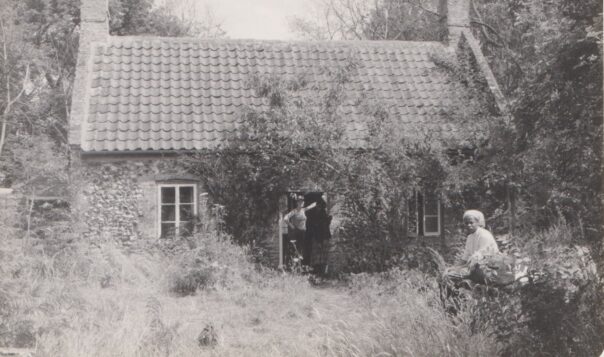
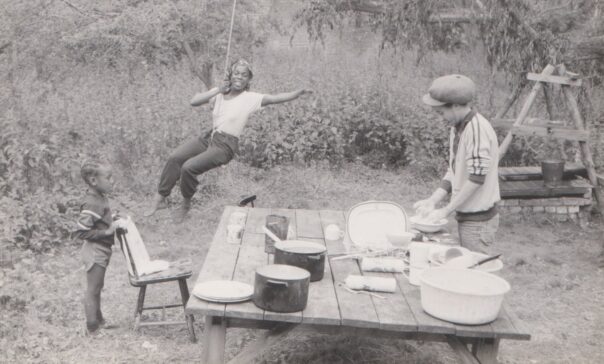
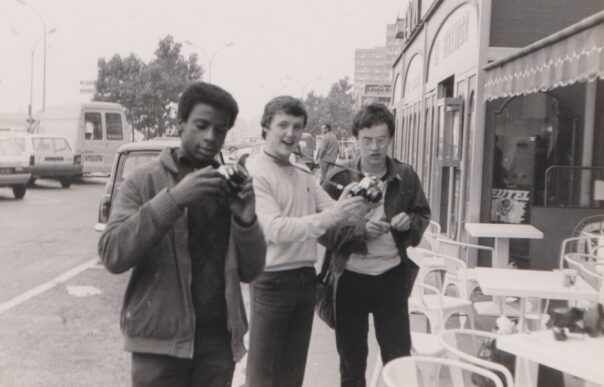
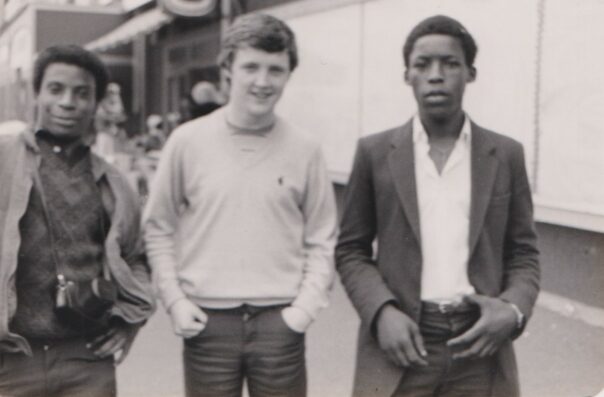
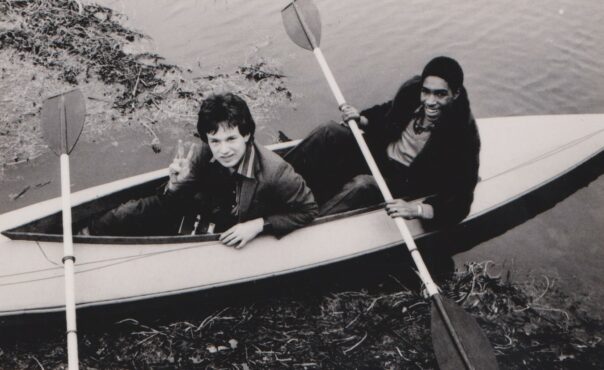
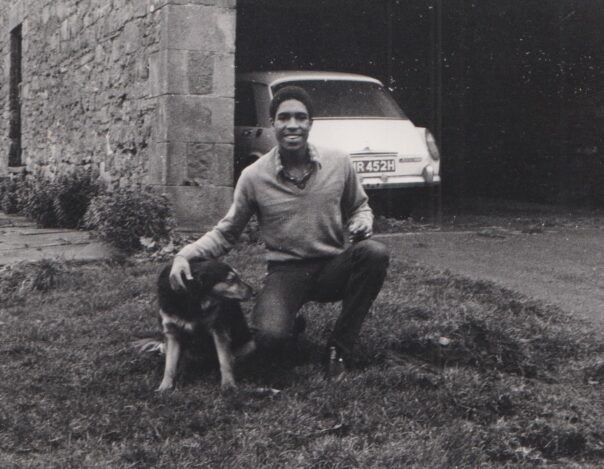
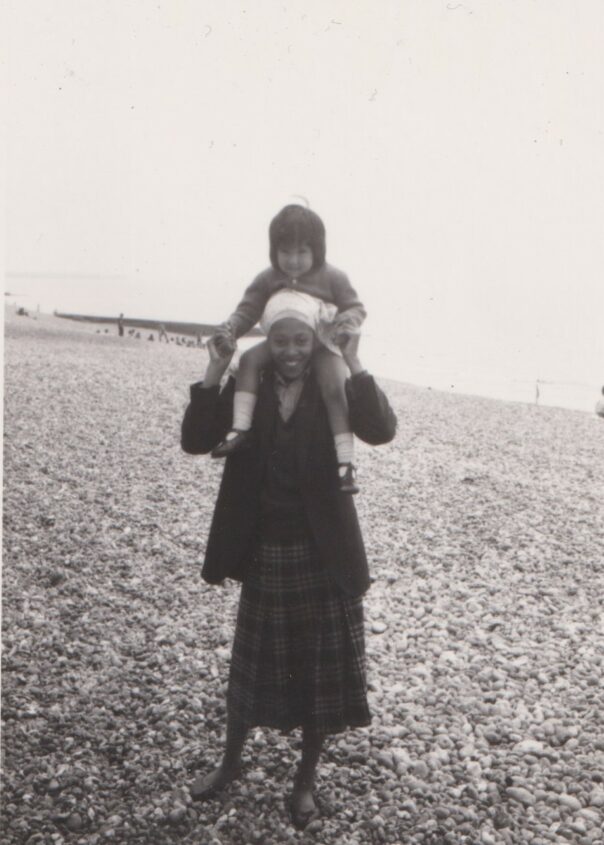
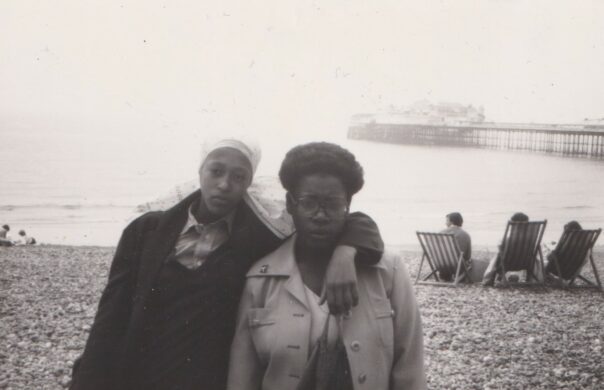
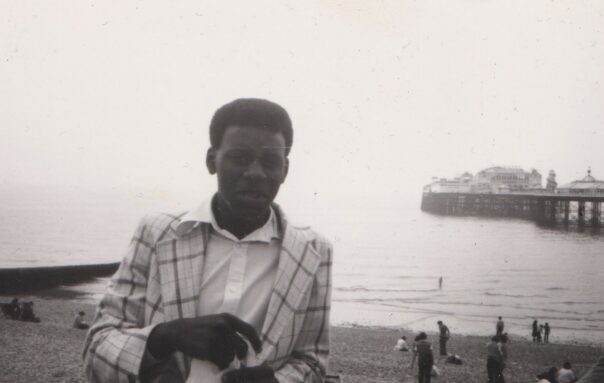
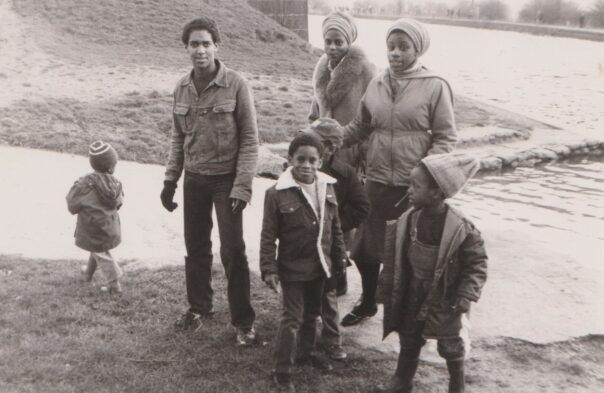
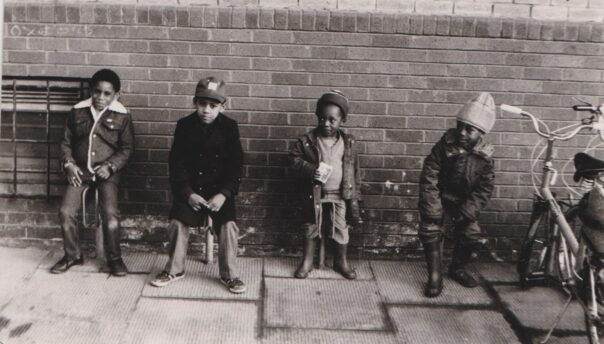
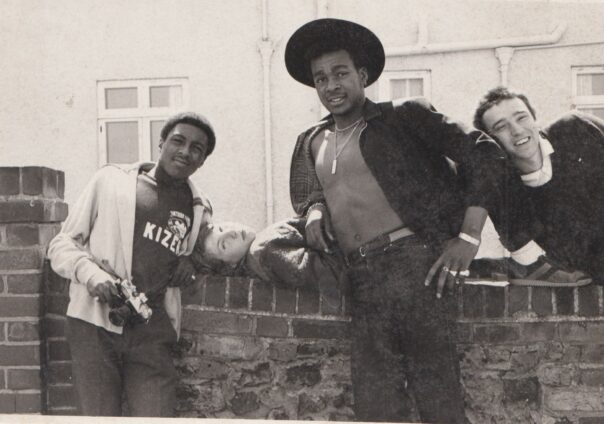
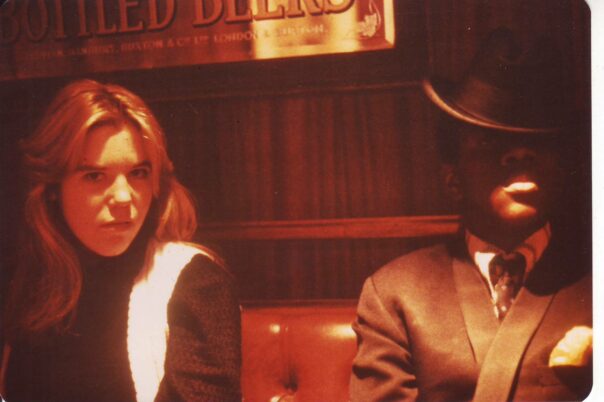
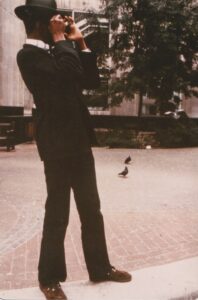



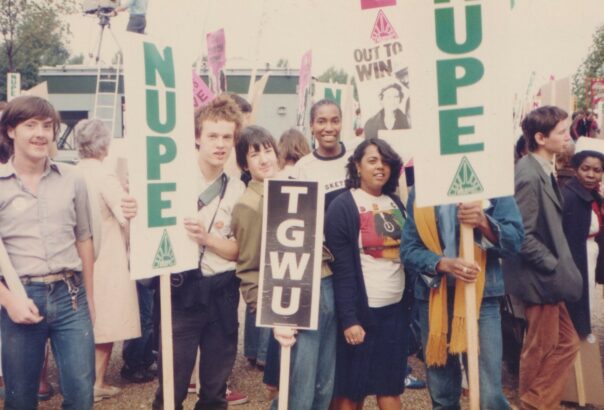
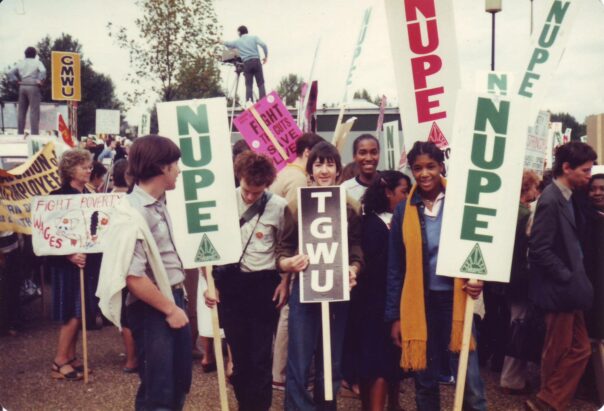
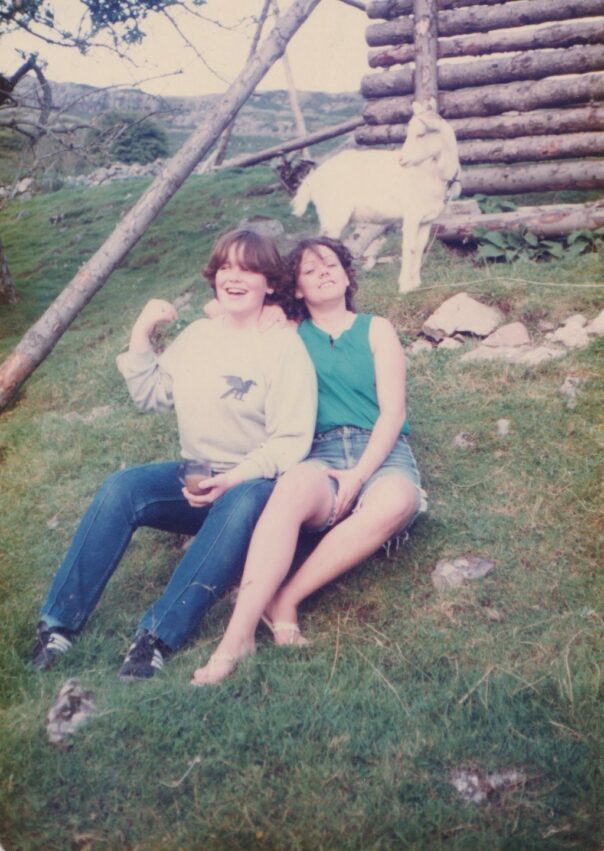
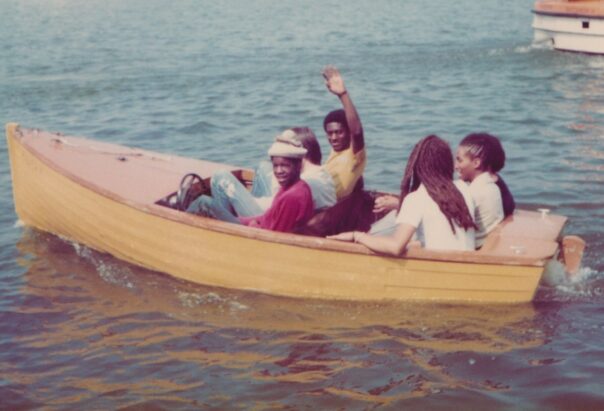
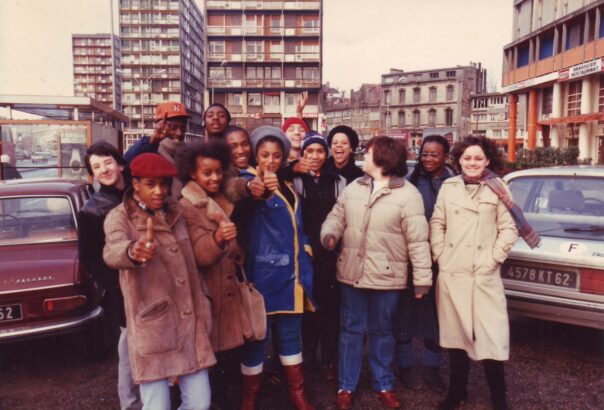
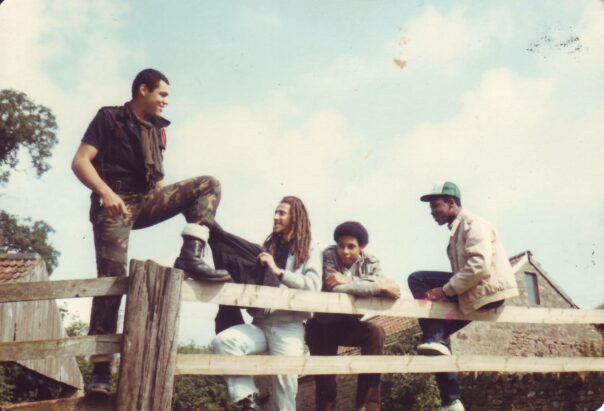
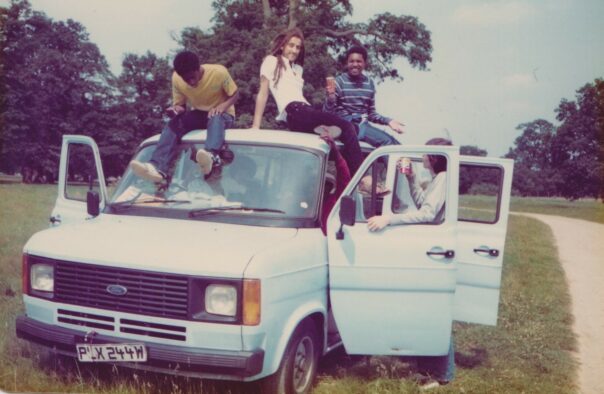
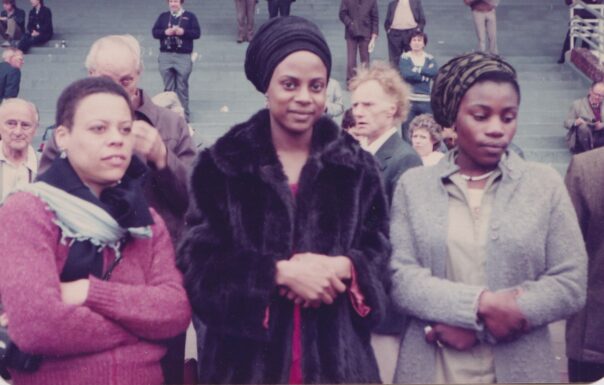
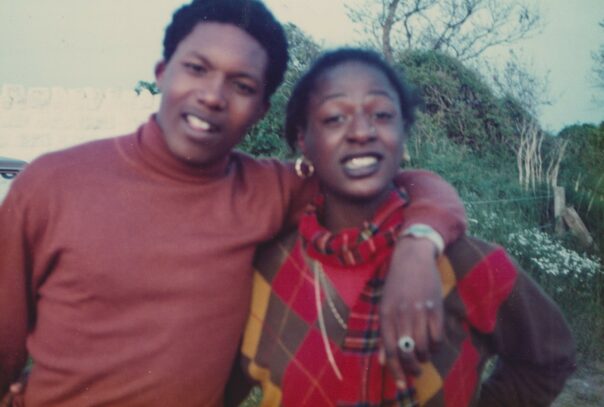
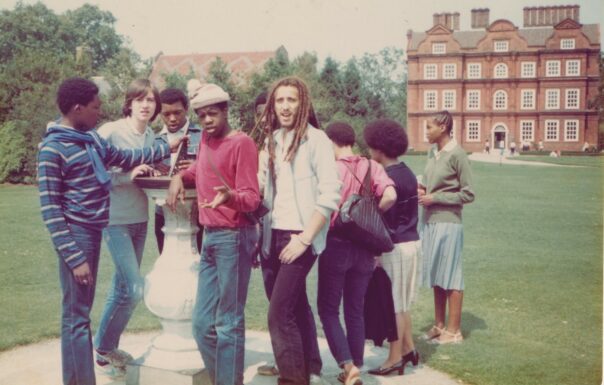
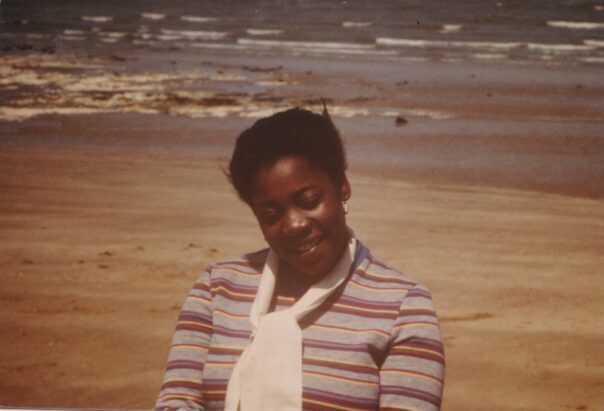
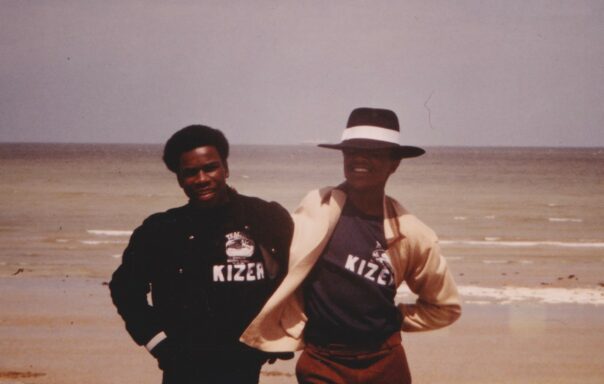
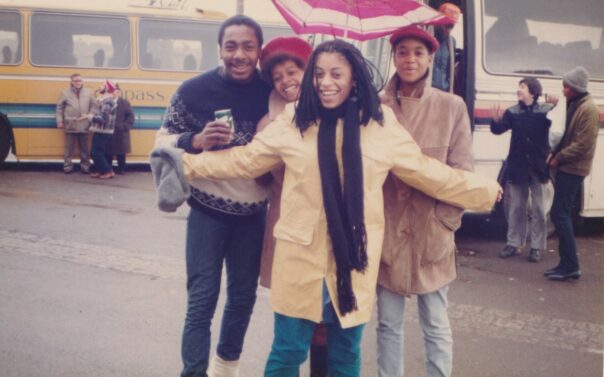
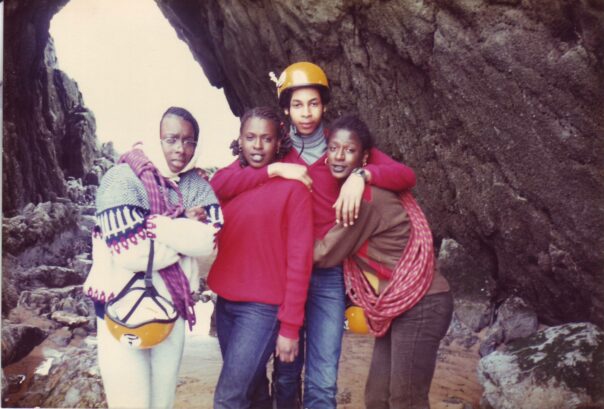
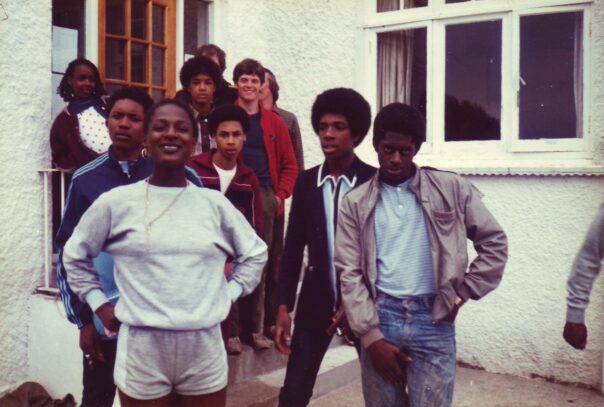
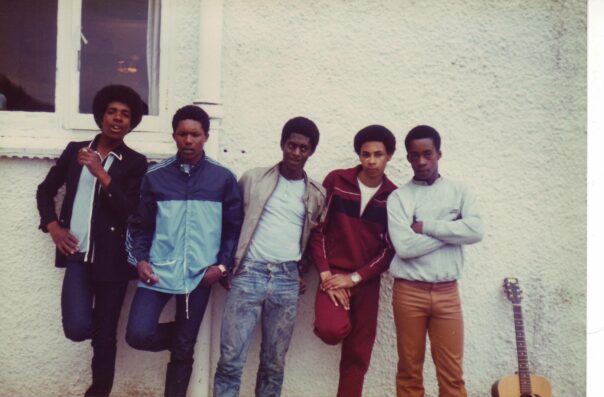
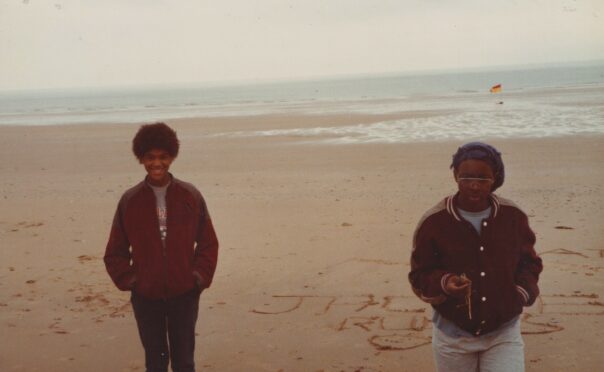
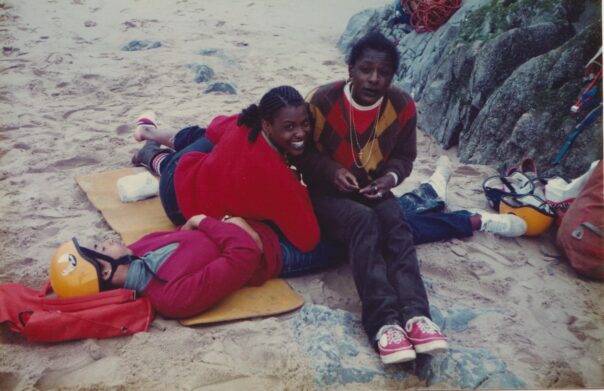
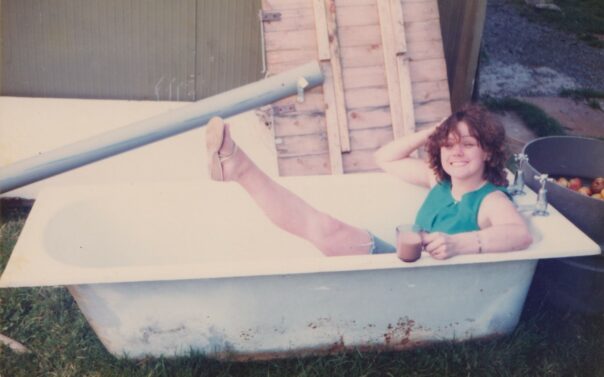
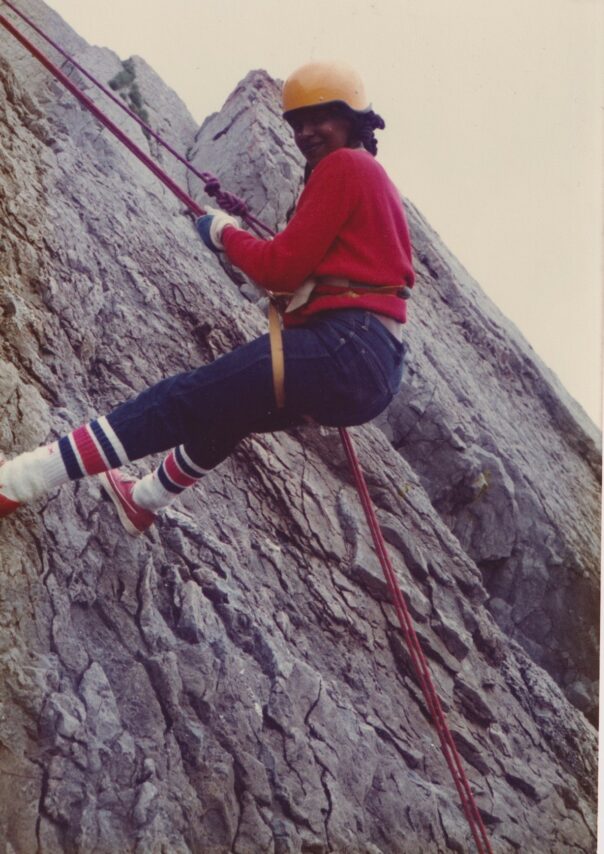
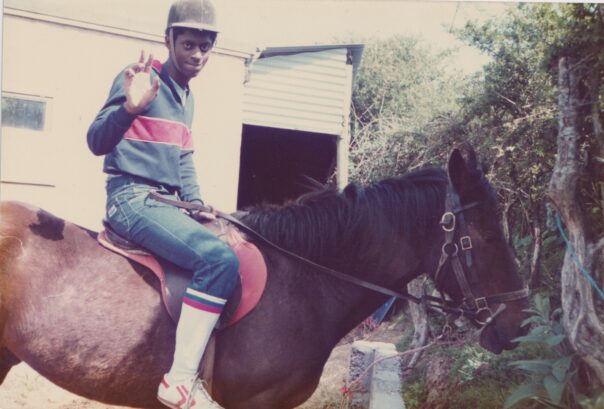
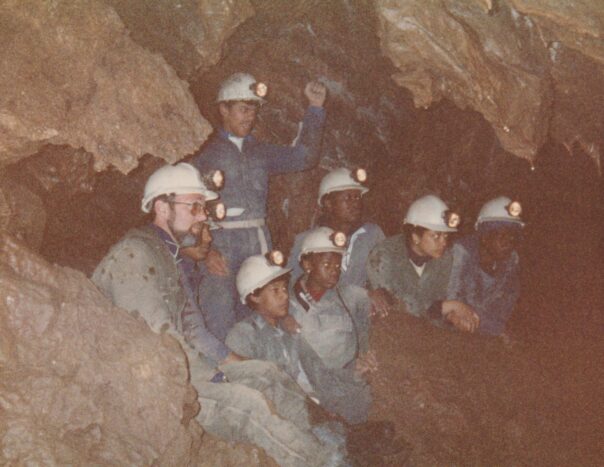
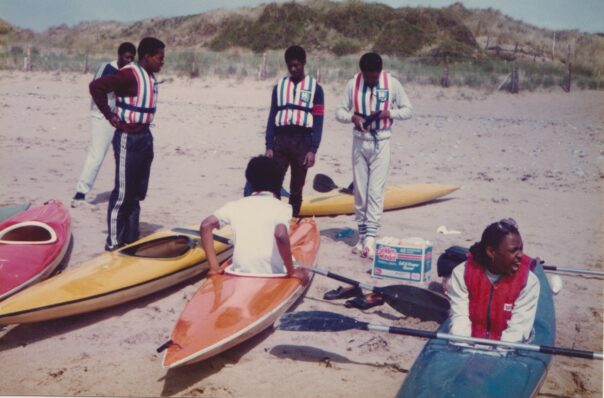
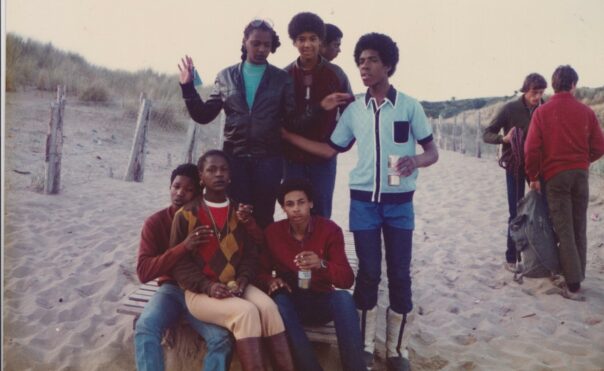
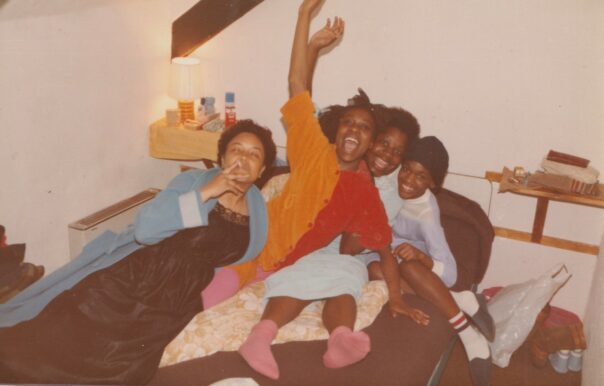
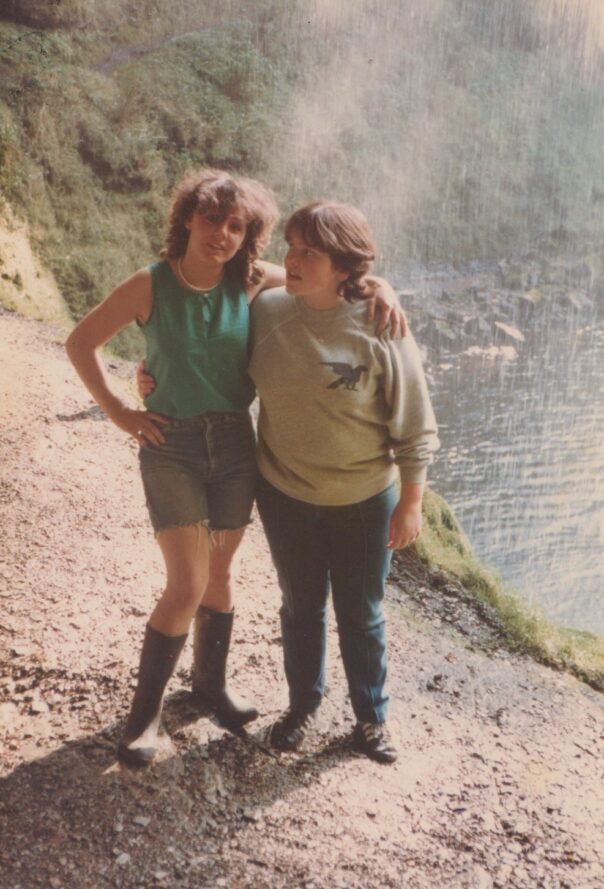
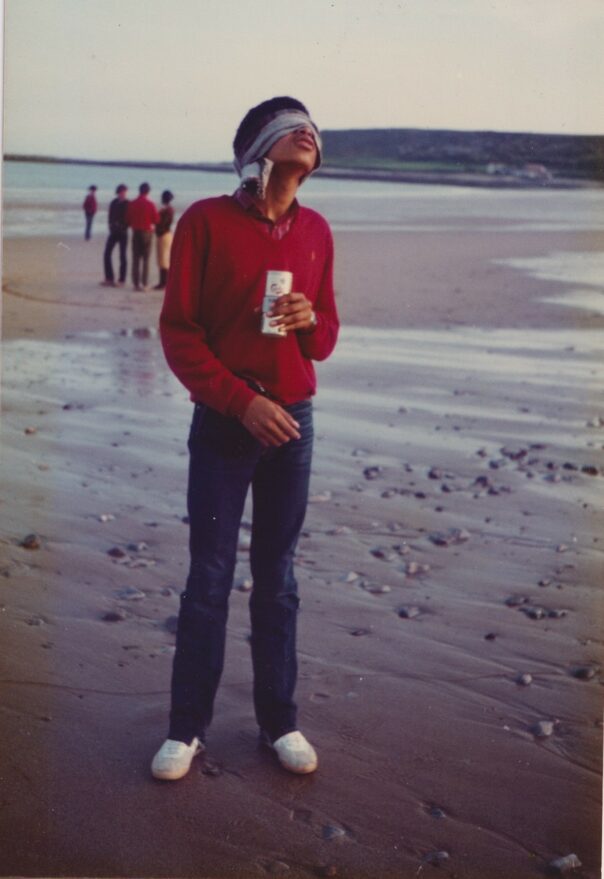
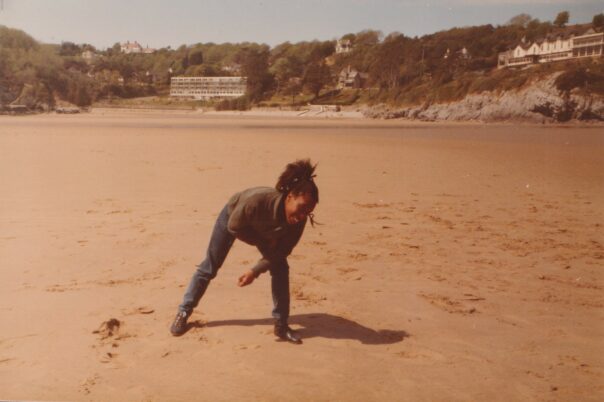
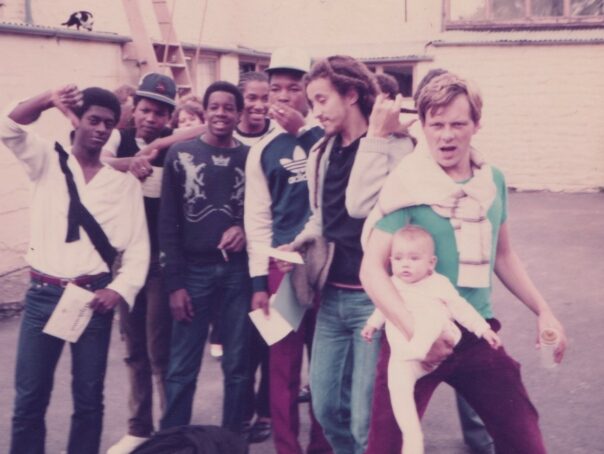
Stop Gap Staff
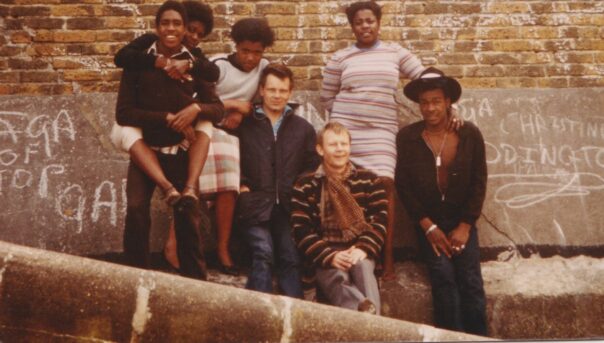
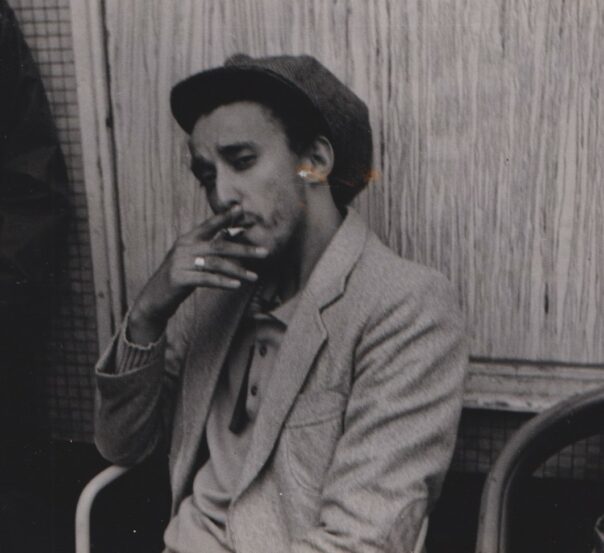
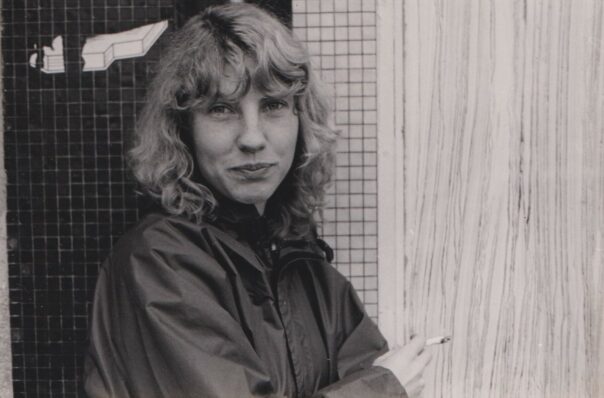
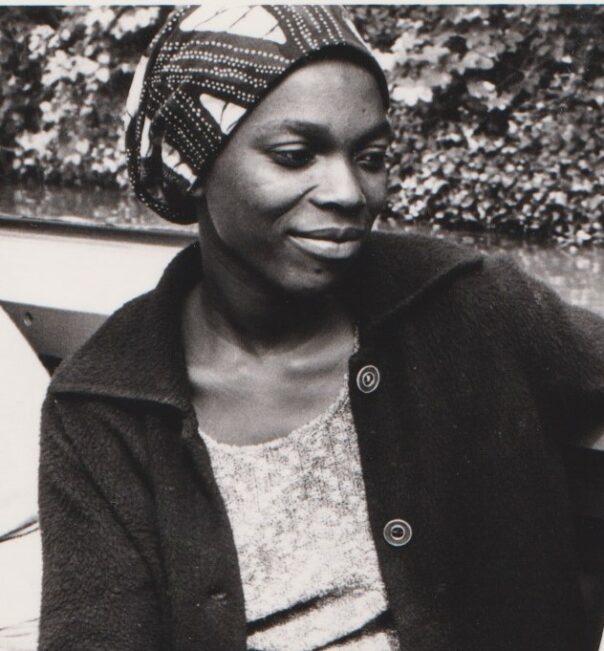
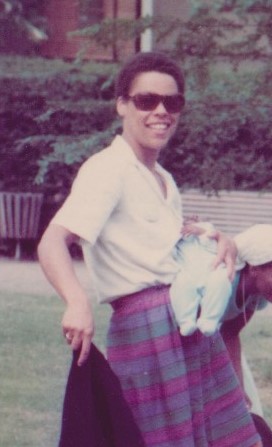
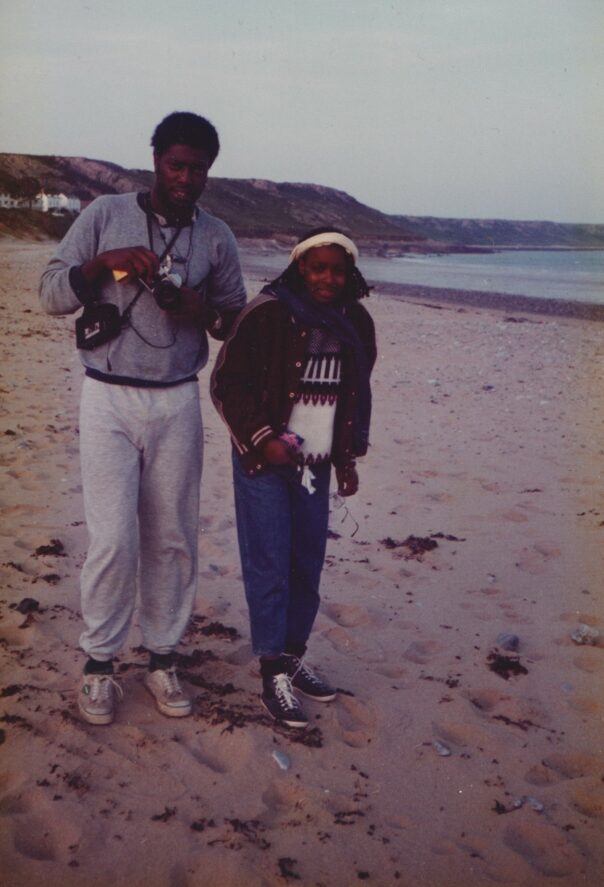

The Youth Opportunities Programme (YOP) was a government scheme designed to help 16- to 18-year-olds into employment. It was introduced in 1978 by the Labour government and was expanded in 1980 by the Conservative government. Stop Gap was a YOP sponsored by Voluntary Action Westminster and established in June 1979. In 1983 the government changed the name for such schemes to Youth Training Schemes (YTS). Stop Gap remained in operation until 1985 but closed before an element of compulsion was introduced. Stop Gap was based at the Emmanuel Church on North Paddington’s Harrow Road opposite the 501 Community Centre. Most of the 25 trainees were recruited from the local area or nearby Kensal Rise, Harlesden, Willesden, Kilburn and North Kensington. In the early 1980s, parts of these areas were experiencing severe social and economic deprivation; racism was endemic, unemployment was on the rise and housing, both private and public, was in a poor state of repair.
Stop Gap was funded by the government’s Manpower Services Commission with the brief to provide on-the-job training and educational opportunities to school leavers between the ages of 16 and 18 who otherwise would be unemployed and to then place them in full-time employment. Trainees, who had been unemployed for more than six months, were paid a nominal ‘wage’ of about £20 per week and entry to the scheme was voluntary. The average weekly wage in 1980 was £125.00 for men and £80.00 for women. By the end of 1983, nearly two million young people had passed through a YOP scheme.
Between 1980 and 1984 unemployment rose sharply. In 1981, total unemployment was nearly 9%, but young people were particularly vulnerable to unemployment with 17% of young white people being unemployed, compared with 19% of young black people. However, by 1982, the rate shot up to 42% for young black people compared with 23% for their white counterparts.
Stop Gap itself was not immune to the structural racism which existed in the voluntary sector in North Paddington at the time. Initially, the diversity within the managment did not reflect that of the trainees. However, with staff turnover, in time the management reflected the diversity of the community it served.
Work Skills
In any one period, Stop Gap placed about 25 youngsters in work experience with voluntary organisations throughout the local area. In addition, Stop-Gap developed two specialist teams; a painting and decorating team that worked on community centres and church halls and an office skills team where the trainees were taught clerical skills such as typing while learning to carry out basic office duties for local organisations. It also provided work placements in a variety of voluntary sector organisations such as Paddington Print Shop, Beauchamp Lodge, Paddington Black Women’s Project, etc, which had representatives on Stop Gap’s management Committee.
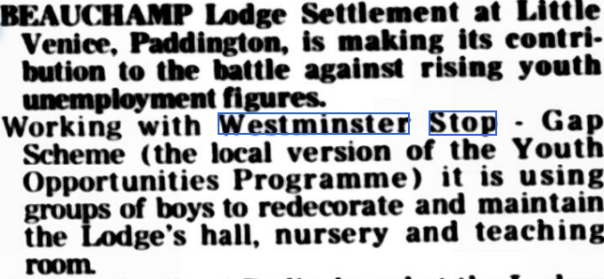
Stop Gap’s other work placements included:
- Gardening and building projects at Meanwhile Community Gardens and North Kensington Amenity Trust where youngsters helped to improve 23 acres of land under the motorway.
- Childcare is in one of the ten nurseries in Westminster and Paddington.
- Making theatre props, prints, costumes and behind-the-scenes work at the Cockpit Theatre.
- Legal and secretarial work at Paddington Law Centre.
- Lighting and sound system work at The Factory Community Centre.
Stop Gap was mindful that some YOP and YTS schemes enabled employers to exploit school leavers for cheap labour and provided little substance in the way of genuine education. Stop Gap was also aware that trainees were in danger of gaining little valuable work experience while being given menial or meaningless tasks while failing to gain real employment on completing the scheme. In addition, it was clear that the schemes provided a means to omit the numbers of unemployed school‐leavers from the national unemployment figures.
Life and Social Skills
Stop Gap was conscious of these dangers and sought to alleviate these risks by concentrating on life and social skills training and encouraging and providing opportunities for young people to pursue their interests collectively and individually. This included raising money to fund a two-week camping holiday in France.
The life skills and social skills training included literacy and numeracy, drama, music, film studies, photography and residential training in outdoor and adventure pursuits. The trainees produced a regular magazine, a ‘TV show’ using cameras studios provided by the BBC, put on the first performance of a play written by Hanif Kureishi, attended drama courses at the Cockpit Youth Theatre, make videos, learnt to play musical instruments, built sound systems, enjoyed day trips into the countryside, spent weeks away on residential courses and illustrated their activities using photography.
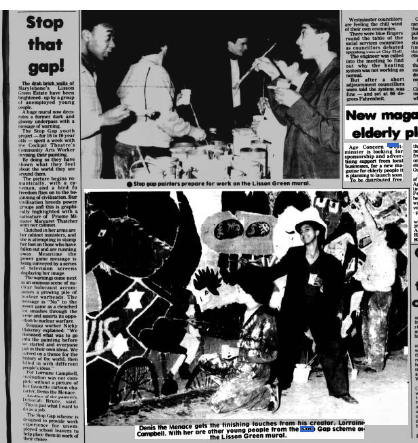
Stop that gap!
Drab brick malls of Marylebone’s Lisson Green Estate have been brightened – up by a group of unemployed young people. A huge mural now decorates a former dark and gloomy underpass with a message of warning. The Stop Cap youth project —for 16 to 19 year olds— spent a week with the Cockpit Theatre’s Community Arts Worker devising their painting. By doing so they have shown what they feel about the world they see around them.
The picture begins romantically with a caveman and a bird of freedom flies on to the beginning of civilisation. But civilisation breeds power groups and this is graphically highlighted with a caricature of Prime Minister Margaret Thatcher with her cabinet. Clutched in her arms are her cabinet ministers, and she is attempting to stamp her foot on those who have fallen out and are running away. Meantime the power game message is being conveyed by a series of television screens displaying her image. The warnings come next as an ominous scene of a nuclear holocaust accompanies a growing pile of nuclear warheads. The message is “No” to the power game as a clenched fist smashes through the scene and asserts its opposition to nuclear warfare.
Stop gap worker Nicky Blakeney explained: We discussed what was to go into the painting before we started and everyone put in their own ideas. We agreed on a theme for the history of the world, filled in with different people’s ideas. For Lorraine Campbell civilisation was not complete without a picture of her favourite cartoon character, Dennis the Menace. Another of the painters, Deborah Bruce, said: “This is Just what I want to do as a job”. The Stop Gap scheme is designed to provide work experience for unemployed school leavers to place them in the work of their choice.
Unemployment
Unemployment impacted young working-class people particularly hard and adversely affected people from black and ethnic minority communities. Young people were not only finding it difficult to obtain work or decent housing but were subject to harassment from the police. In response, riots erupted in London in the summer of 1981. Although there was no serious disorder in North Paddington at the time tension increased between local youths and the police as both adult workers and trainees at Stop Gap increasingly became victims of police harassment. (See https://www.thedeveloper.live/opinion/opinion/removing-the-walkways-on-the-mozart-estate-did-not-remove-social-inequalities).
These tensions and the consequences of the policies of the Thatcher government were reflected in the various projects carried out by the trainees as they joined demonstrations and recorded their experiences often using photography. Stop gap trainees were directly involved in campaigns against public sector cuts and helped to organise a counter-demonstration against a National Front march.
One of the consequences of rising unemployment was that it became increasingly difficult to place the trainees in full-time work during or after their period of training with Stop Gap. On 2 July 1982 Stop Gap Training Officer Richard Davies said:
The recent dramatic reduction in job opportunities for young people has severely affected the chances of Stop Gap trainees finding employment and most now stay on the scheme for a full year.[1]
On 30 July Davies added:
Training with a view to finding a job afterwards has to be only part of what we offer because of the virtual impossibility at the moment of finding work Things have changed so quickly. At the beginning we could point quite clearly to the fact that most young people were getting work. Even last year it was still more than half that were either going to work or to college. Now a much smaller percentage seem to be finding jobs. What most of them seem to be doing is finding similar courses to move on to they’re just going from course to course.[2]
The social and economic problems associated with deprived inner-city areas in the 1980s were enormous. Organisations like Stop Gap could only do a little to alleviate the hardships and lack of opportunities and could only be a ‘stop gap’ measure. However, in response, Stop Gap was able to subvert a government project, at least partially, with the active support of of self-help from the trainees and provide a limited opportunity for young people to enjoy and express themselves, create new experiences and develop and display a range of skills which could be helpful in their later lives. The photos reflect their friendship towards each other, solidarity, humour, imagination and skills.
Author of this article, Ian Wright worked at Stop Gap as a Placement Officer and Gardening Supervisor (later Administrator) of the project, between 1979 and 1984.
Philip Wolmuth is the author of ‘That was then, this is now’ Community Action in North Paddington 1975 – 2008. Also see https://www.blind-magazine.com/en/news/philip-wolmuth-socially-concerned-british-photographer-dies-at-70/ and https://www.philipwolmuth.com/gallery/North-Paddington-1975-1983/G0000STgMuEI..w4/
[1] Marylebone Mercury 2 July 1982.
[2] Marylebone Mercury 30 July 1982.